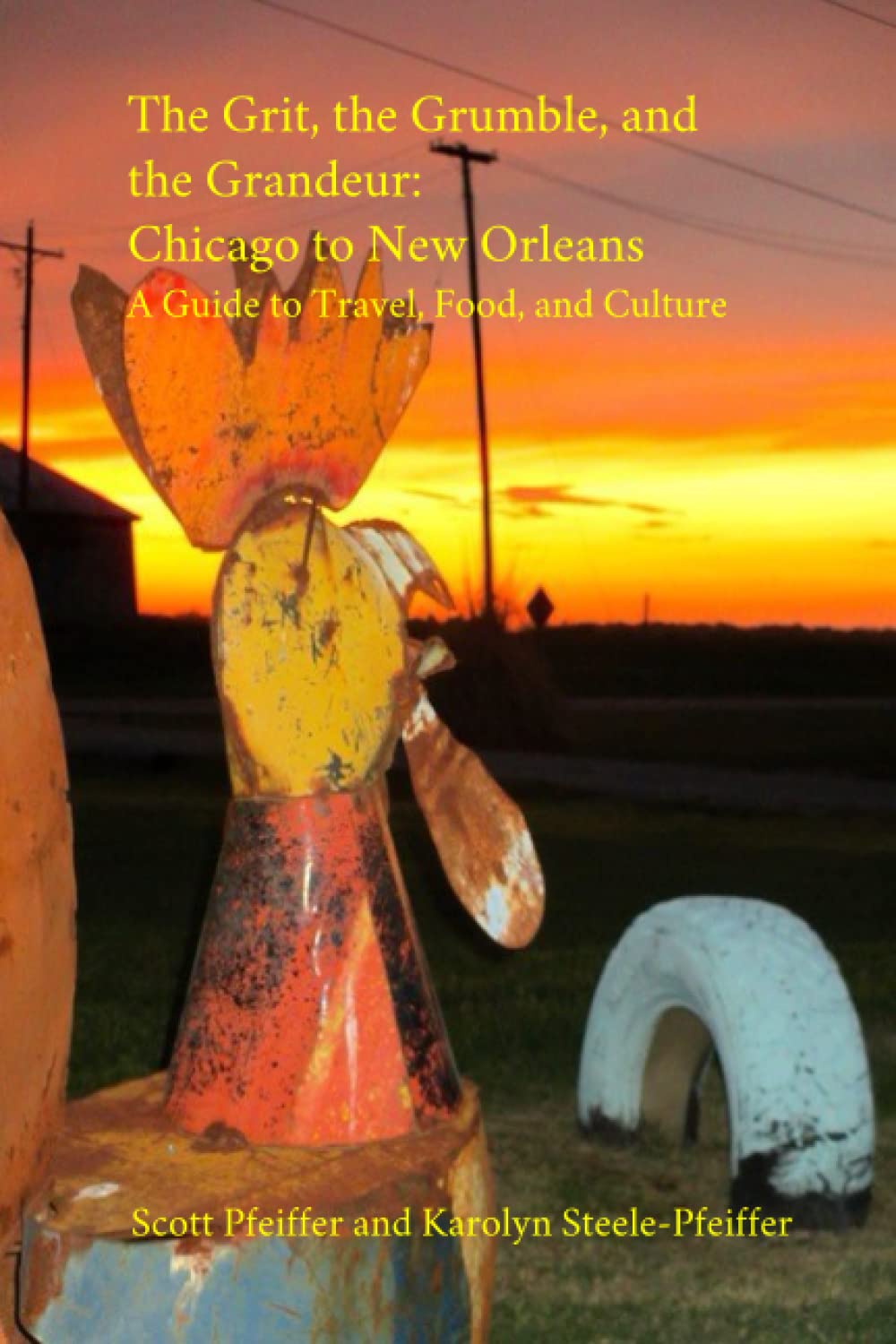A History of Violence
One-time horror maestro David Cronenberg’s latest is an allegory on the ethics of violence as a problem-solving method. Viggo Mortensen does nuanced work as Tom Stall, a salt-of-the-earth small-town American who runs a small diner with his loving wife Edie (Maria Bello); it’s a healthy family, completed by their teenage son Jack and a small daughter. One night near closing time a couple vicious murderers on the lam make the fateful decision to terrorize Tom’s place. The events of the film flow inexorably from what happens next. In the weeks that follow, some menacing men-in-black types begin to turn up around town insinuating cryptic things about Tom’s alleged past life. I couldn’t help but see the film as an allegory for current events: a salt-of-the-earth Indiana town clearly meant to stand for America is terrorized by nasty outsiders intent on committing mayhem. Cronenberg’s subversive twist is to raise the specter of a blood-sodden history for Tom, his symbol of innocent, heroic America.
The film illustrates the atavistic nature of violence. For example, Jack has trouble with a bully at school. Before his father becomes a local hero for his handling of the situation at the diner, Jack’s method for disarming the blighter is to use witticisms. Afterwards, however, his weapon of choice switches from “bon mots” to fisticuffs. If humor represents a uniquely human intelligence, then surely violence is humor’s negation, a low form of expression. What could be less funny than the irreducible fact of violence: that it is the willing perpetration on another of that which one would not have done to oneself? After Jack badly beats the bully, Tom urgently advises his son that in this family we don’t use violence to solve our problems. But the boy has seen different.
It began to seem to me that the film’s title was a play on words, a reference not only to a specific character’s history, but to a history of violence as problem-solving method that we share as individuals and as a nation. As individuals it goes back to corporal punishment; as a nation it goes back to the original act of utile violence, the wiping out of the indigenous.
As for the bloody denouement (the specifics of which I won’t reveal), my immediate reaction was one of disappointment. Isn’t it rather like a Bruce Willis movie, I thought, i.e. violence as crowd-pleasing consumable entertainment (albeit writ on a smaller scale and staged without heroics), soothing Americans rather than challenging their basic premises? If we understand this climax as a metaphor for the war on terror, then Cronenberg’s argument seems to end up being that violence is sometimes an ugly necessity; and I realized that he had slyly turned the tables and now my anti-war position was the one being asked to meet a challenge. Or at least, that’s how I interpreted it. Ultimately, the film is fascinatingly ambiguous, a product of the conflict between its subversive tendencies and the prerogatives of violent entertainment.
This is one of the most thought-provoking films of the year, though ironically it can’t be recommended to those with a visceral reaction to violent imagery. Cronenberg, a Canadian, may have held up a truer, darker mirror to contradictions in current U.S. culture and character than those on either side of the political spectrum care to peer into.
- Oct 17, 2005


 Scott Pfeiffer
Scott Pfeiffer
Reader Comments